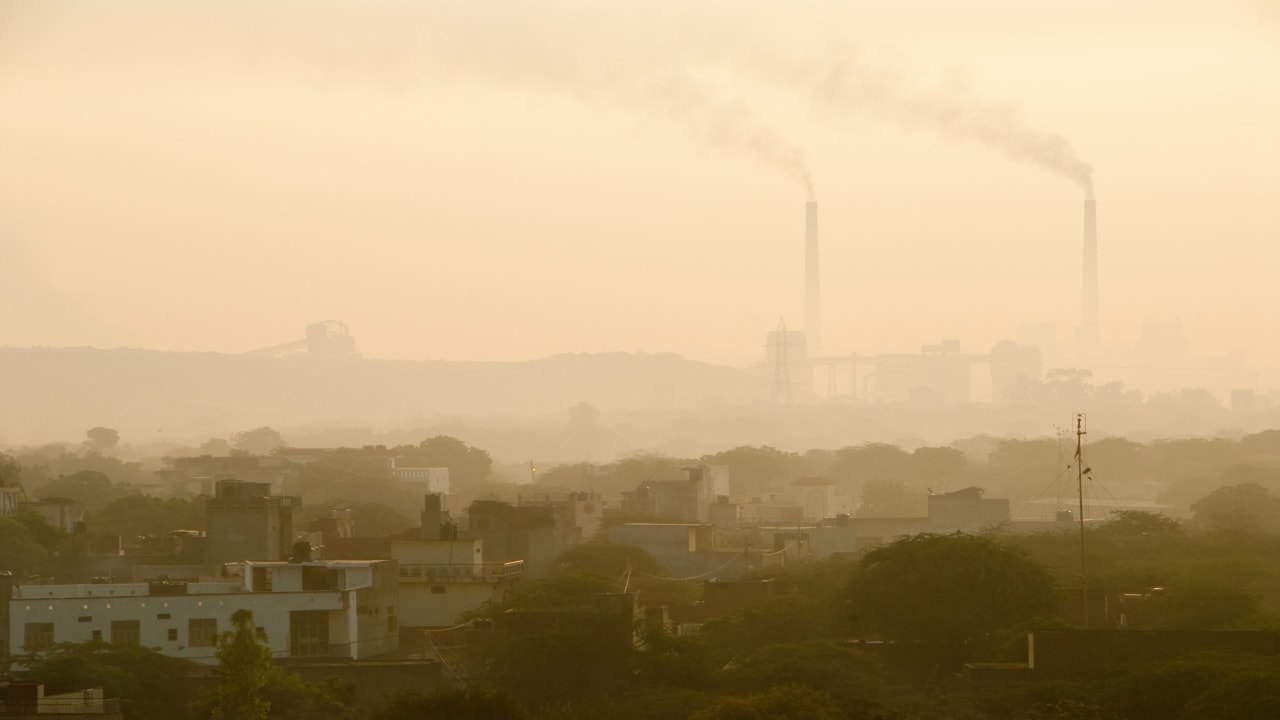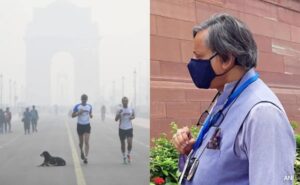
Delhi Air Pollution Live Updates: Delhi’s air quality hits alarming levels as AQI touches 500 in several areas. Dense smog disrupts train services, delays classes at major universities, and poses severe health risks. Experts at COP29 highlight pollution sources and call for urgent action as particulate levels soar beyond 1,000 µg/m³ in some locations.
The hazardous air quality severely disrupted train services, with 22 trains delayed and eight rescheduled, leaving passengers stranded and frustrated. Prolonged exposure to the toxic smog has led to growing alarm among authorities and residents alike.
Educational institutions have also taken precautionary measures. Delhi University announced a shift to online classes until November 23, while Jawaharlal Nehru University (JNU) will conduct virtual classes until November 22. These decisions were made in response to the worsening pollution levels and to safeguard students and staff.
According to data from the Central Pollution Control Board (CPCB), areas such as Anand Vihar, Ashok Vihar, Bawana, Jahangirpuri, and Major Dhyan Chand Stadium recorded an AQI of 500 at 5 am on Tuesday. Experts noted that in some parts of Delhi, particulate matter levels exceeded 1,000 micrograms per cubic metre, far surpassing safe thresholds.
Aarti Khosla, Director of Climate Trends, highlighted the multi-faceted sources of pollution contributing to this crisis. “Pollution stems from black carbon, ozone, fossil fuel combustion, and farm fires. We urgently need comprehensive solutions to address these issues,” she said. Khosla also attributed the current air stagnation to the La Niña weather pattern, which has resulted in low wind speeds trapping pollutants in the atmosphere.
The dire state of Delhi’s air quality has drawn international attention, with discussions at COP29 underlining the health risks of air pollution. Experts emphasised the need for immediate global and local action to mitigate the crisis.
With no immediate relief in sight, Delhi’s residents are bracing for continued challenges as authorities work to address the escalating environmental and public health emergency.



